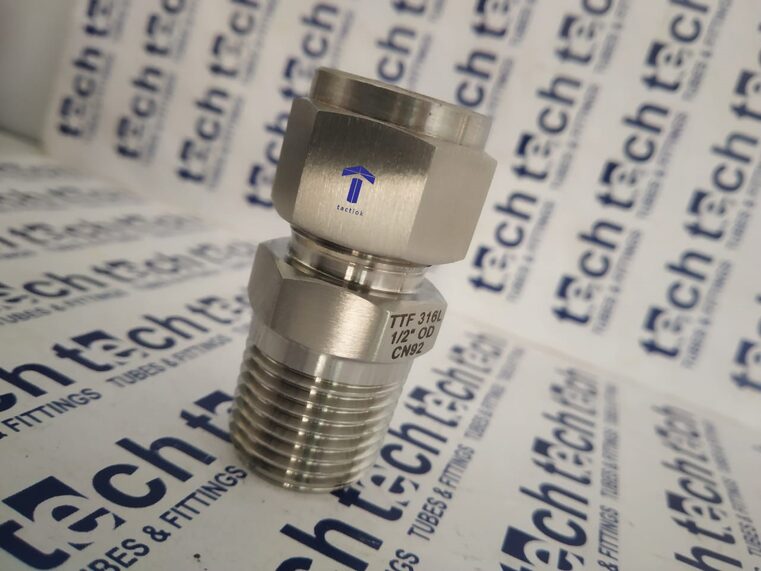Are you using a needle valve or are you ready to get started? We've put together a needle valve guide in case you come across an unfamiliar term while working on a project.
The guide describes what they are, how they work, and some of the different ways they are commonly used. Reviewing the summary expands on the function and How to choose Needle Valves.
What is a needle valve?
Needle valve: Definition, type, function, and application: Needle valves, sometimes referred to as spool valves, are pressure and flow control valves that help accurately control the pressure and flow of fluid flowing through the pipeline. The adjustment or operation of the Needle Valve is so delicate that it allows for very precise control of fluid flow. These valves are commonly used for low flow applications and high pressure drops from inlet to outlet.
However, it can also be used to block or block the flow of liquid in the pipeline. Its actuation mechanism is similar to that of a piston check valve, except that the size of the piston used for the Needle Valve is relatively thin. This figure shows different parts of a generalized needle valve.
The function of the Needle valve
The needle valve opens and closes the passage (orifice) between the inlet and outlet by the movement of a tapered needle perpendicular to the direction of flow. The needle is directly connected to the plunger or shaft. The handle is further connected to the handle and uses the fine internal thread of the hood to convert rotary motion into reciprocating motion.
When the handle is given a rotational movement, a subtle up-and-down movement of the piston occurs, which opens and closes the opening. A locknut is also attached to the top of the attachment to prevent the plunger from completely disengaging from the female thread of the attachment. As the needle moves down, it contacts the valve seat and provides a leak-free block of fluid in the pipeline.
The attachment is connected to the valve body via a screw system.
Valve activation can be controlled manually or automatically by rotating the handle. Automatic needle valves are generally operated electrically or hydraulically. The motor or hydraulic actuator precisely controls the position of the stem in the valve body (bonnet) according to external requirements.
Applications of Needle valve
The most common use of needle valves is to regulate the flow and protect the fragile gauge from damage from sudden pressure surges of liquids and gases. Needle valves are ideal for systems that use low flow, lightweight, and low viscosity materials. Needle valves are typically used in low-pressure hydraulic systems, chemical treatments, and other gas and liquid applications.
Another feature of the needle valve is that its material also allows it to be used in high temperature and oxygen applications. Needle valves are usually made of stainless steel, bronze, or metal alloys. It is imperative to choose a needle valve made of the right material for the service you need. In this way, the longer service life of the valve is guaranteed and the system can operate smoothly and safely.
Selection criteria of Needle valve
Needle valves can be selected based on four main criteria. Material, pressure, port and orifice sizes, and temperature. The most common materials used in the manufacture of needle valves are stainless steel and brass. Brass valves are suitable for non-corrosive applications such as drinking water flow systems. Stainless steel valves are commonly used for highly corrosive media such as seawater and acids, both materials can withstand the high temperatures of liquids, but stainless steel valves are durable and corrosion-resistant. Is better than brass needle valves.
The valve can be selected according to the pressure rating. The rugged needle valve can withstand pressures up to 415 bar. However, some needle valves can handle pressures up to 690 bar. Needle valves are available in a variety of port and orifice sizes. Typical needle valve connection sizes range from 2mm to 12mm.
Proper port and orifice sizes can increase flow efficiency and prevent system leaks. Needle valves are suitable for a variety of temperature applications. It can easily handle both very low and high temperatures, depending on the resistance of the sealant. Teflon sealant can withstand temperatures from 54°C to 232°C. In contrast, the sealant polyetheretherketone (PEEK) can reach temperatures up to 315°C.
Types of Needle valves
There are basically two types of needle valves, which are explained below.
1. In-line needle valve: (type of needle valve)
These valves have inlet and outlet openings aligned. These valves can usually be mounted on straight flow systems.
2. Angle needle valve: (type of needle valve)
These valves have inlets and outlets at specific angles. A 90-degree elbow is typically installed between the entrance and exit to improve system integration. This type of valve is used where the pipe is bent.
We have briefly described the components of the needle valve here, but there is not enough space to describe all of the configuration variations offered by the various Needle Valves Manufacturers available.
There are so many choices and variations, so be sure to work with a company that is familiar with all the options available. If you are looking for a Needle Valves Supplier, then Techtubes will be the best option for you!!
For More Details on How to Choose a Needle Valve contact us on sales1@techtubes.in
***Monel, Hastelloy, Inconel, Incoloy, SMO254, Nitronic, AL6XN, Stellite, Sanicro, Tantalum, Nimonic , Alloy A286, Invar, Cupronickel etc., are the trademarks of their respective companies.



